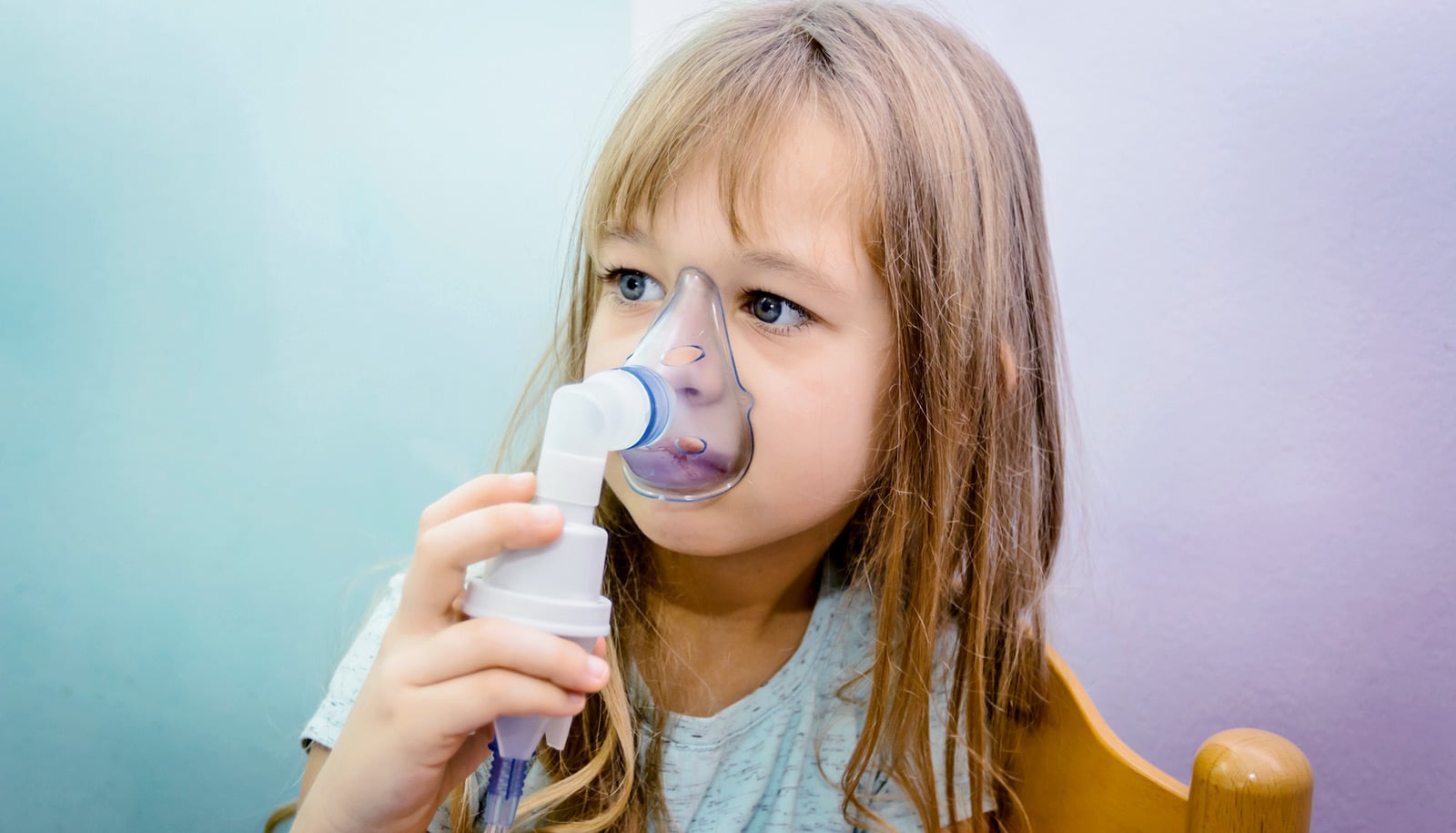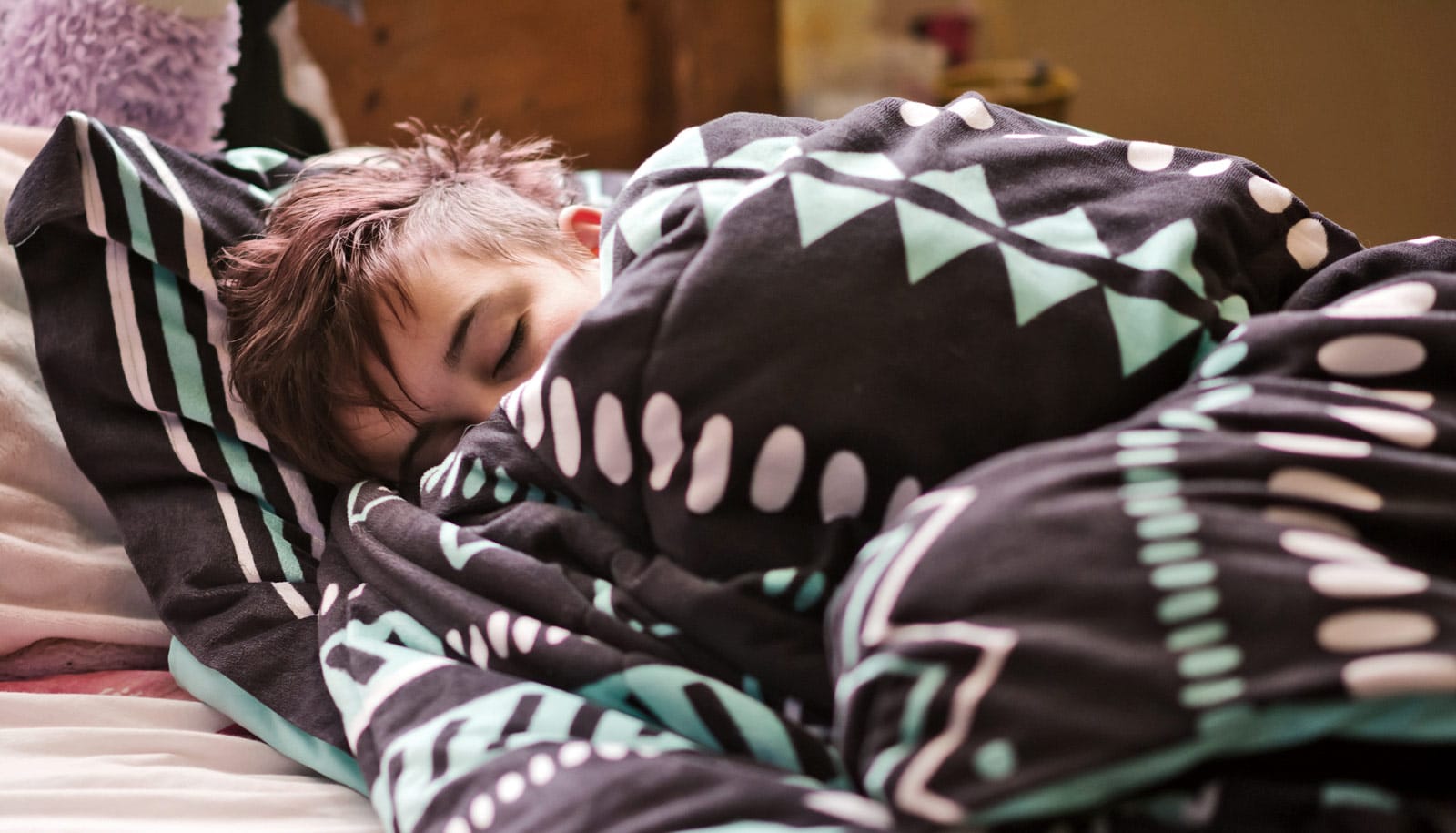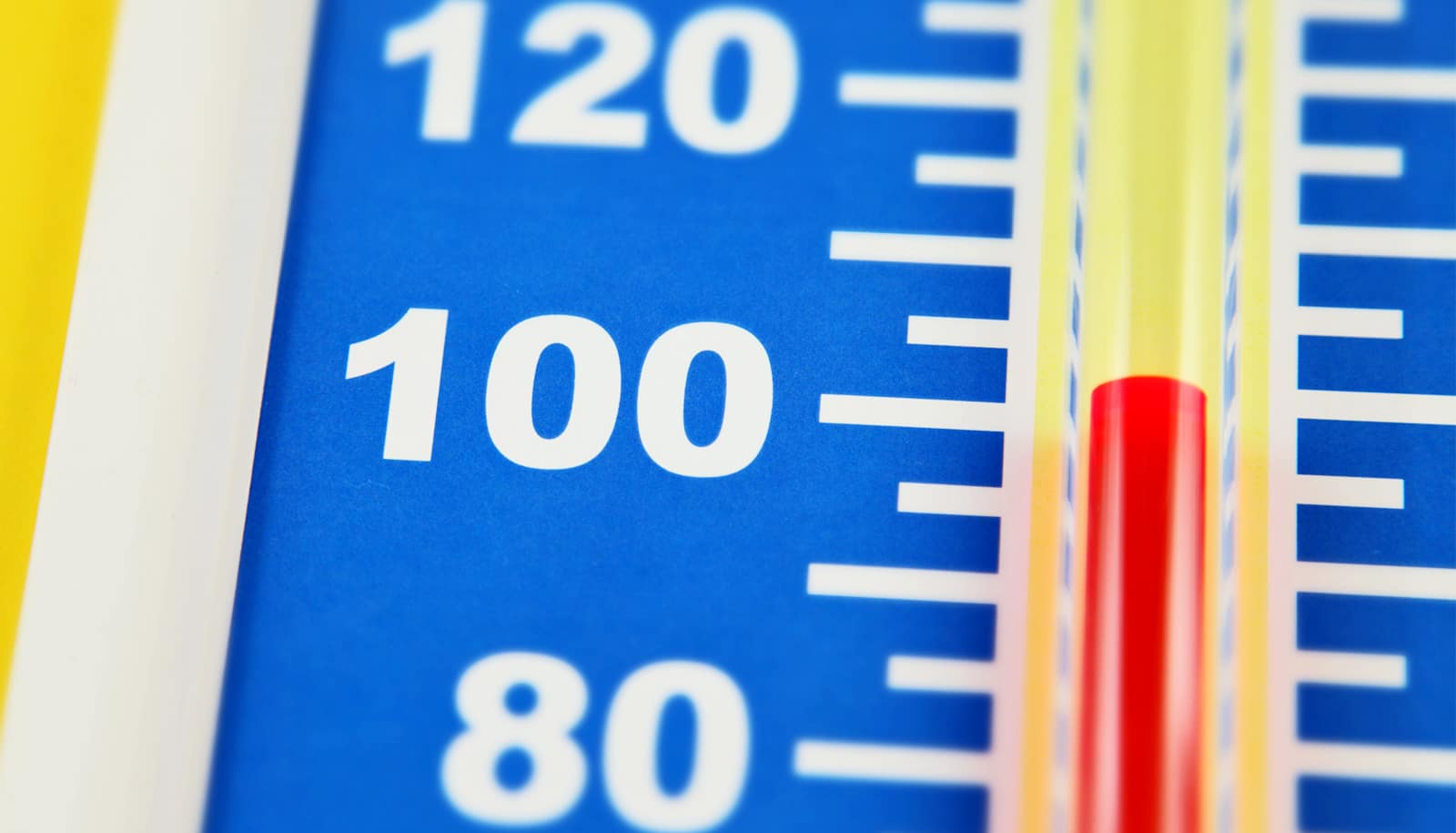Kids with asthma who participated in a program that involved a combination of telemedicine support and school-based medication therapy were almost half as likely to require an emergency room or hospital visit due to their asthma, according to new research.
One in 10 children in the United States have asthma, making it the country’s most common chronic childhood disease. Though symptoms can be effectively managed through regular use of preventive medicine, children must first be diagnosed, and then must regularly take their medication—minority children living in poverty, in particular, do not always receive these interventions.
As a result, these children suffer many preventable and potentially dangerous asthma flare-ups, which can lead to expensive emergency room visits.
The new study expands on previous research that showed children with asthma who took their preventive medication at school under the supervision of their school nurse were less likely to have asthma issues. The addition of the telemedicine component—which allows for the child’s primary care provider to stay readily involved in the child’s care—makes the program more sustainable and scalable, potentially allowing it to be used as a model for urban-based asthma care nationally.
“Clinicians and researchers across the country are designing similar programs, using resources available in their communities to reach underserved children with asthma and help them get needed assessments,” says Jill Halterman, chief of the division of general pediatrics at the University of Rochester Medical Center and the study’s lead author.
“But regardless of how you’re reaching them initially, those children may continue to have issues if they aren’t taking their medications regularly. The integration of telemedicine with supervised treatment through school provides one model to ensure that children receive consistent, effective asthma treatment,” Halterman says.
The study enrolled 400 students between the ages of 3 and 10 in the Rochester City School District.
Half of the participating kids got their asthma medication from their school nurse; these students had an initial asthma assessment as well as up to two follow-up school-based visits with primary care clinicians via telemedicine over the course of the school year, to determine the appropriate asthma treatment.
Cats and cockroaches may ward off asthma in kids
The other half of the students received recommendations for preventive care and advised to schedule follow-up visits with their primary care clinician; these students were not enrolled in the school-based medication program, nor were follow-up visits scheduled by telemedicine.
Students in the first group had more symptom-free days than those in the second group, and only 7 percent of them required an emergency room visit or hospitalization for asthma over the course of the school year, compared with 15 percent in the second group.
Halterman says that the role of the Rochester City School District, and the school nurses, in particular, were critical to the success of the program.
“The school nurses didn’t receive additional pay to partner with us on this study—and many of them cover several schools each day,” she says. “They do this extra work because they want to focus on preventing symptoms, and they feel it is important for the health of the children in the district.”
More sick days for overweight kids with asthma
The researchers report their findings in JAMA Pediatrics.
Source: University of Rochester



